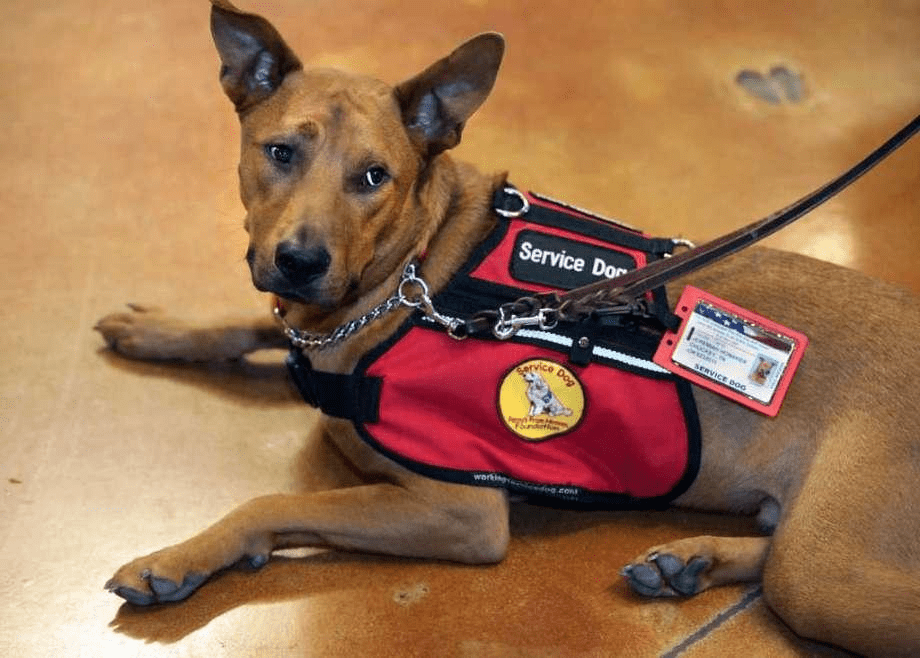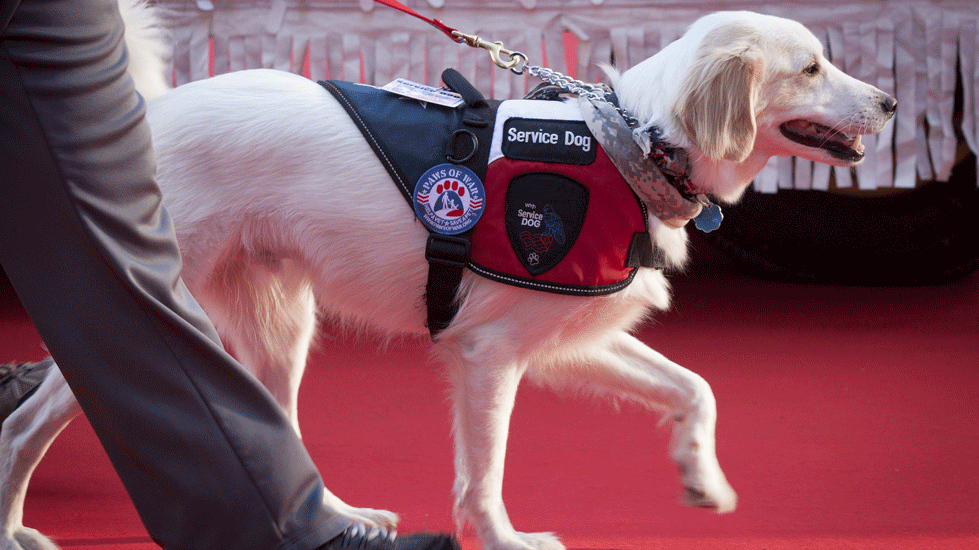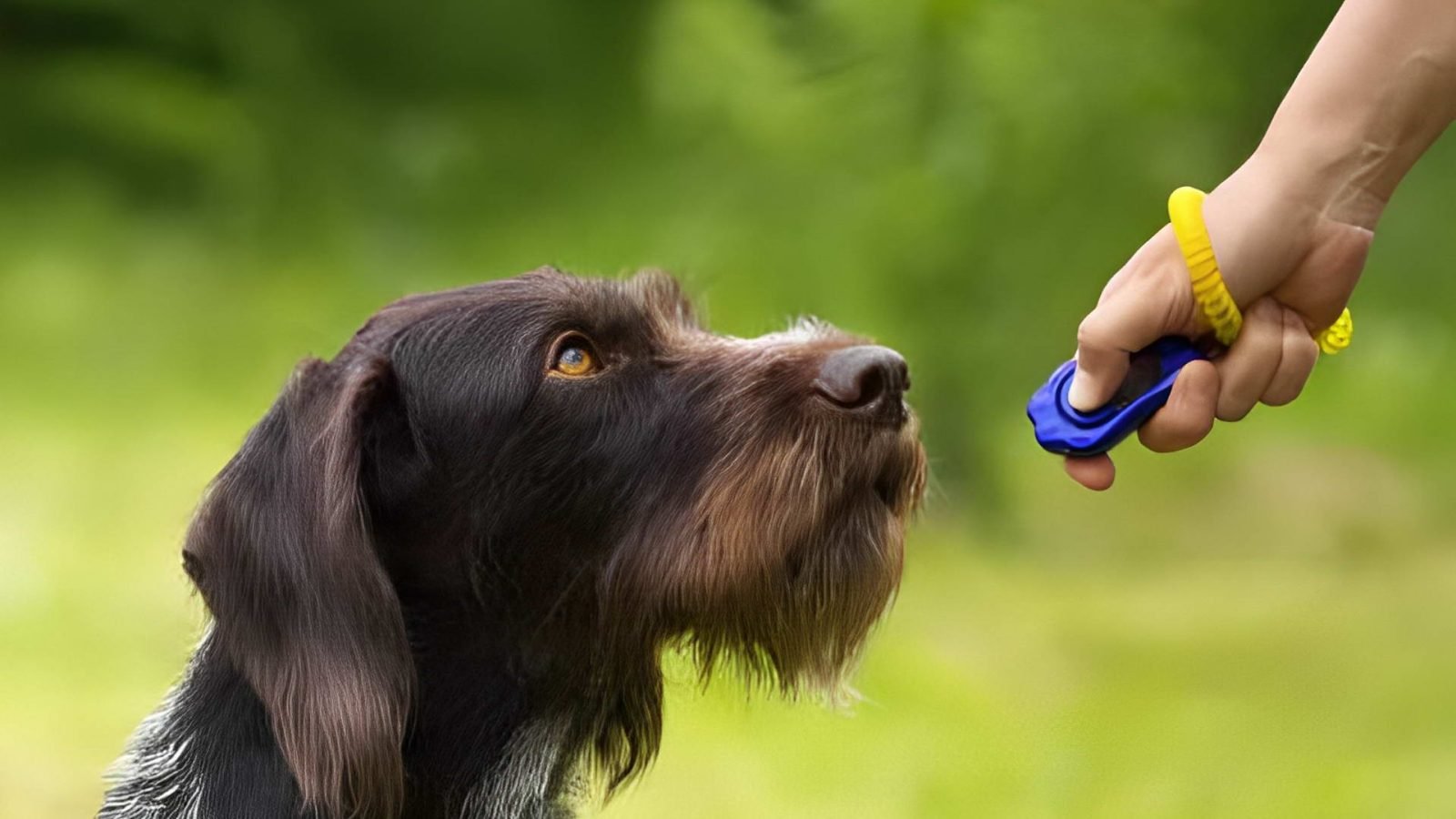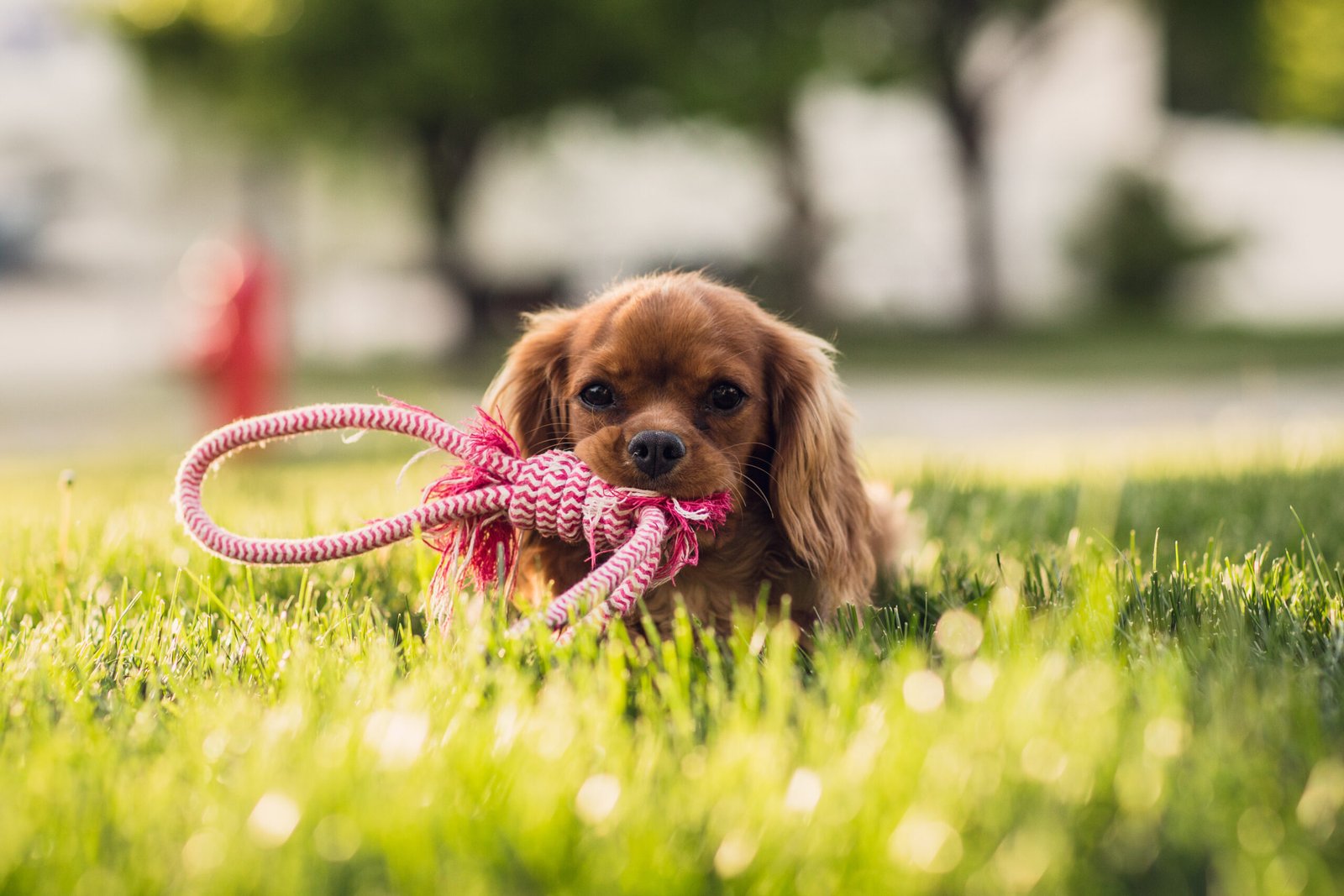Training a dog with hearing impairment can be challenging, but it’s also a rewarding experience. When it comes to training a dog with hearing impairment, understanding their unique needs is essential. Many dogs with hearing loss can learn effectively through alternative methods, such as visual cues and touch signals. This article will provide you with valuable tips to help you train your hearing-impaired dog successfully.
Understanding Hearing Impairment in Dogs
Before we get into training tips, it’s important to understand what hearing impairment means for dogs. Dogs may lose their hearing due to various reasons, including genetics, age, or health conditions. Some dogs are born deaf, while others may lose their hearing as they grow older. Regardless of the cause, it’s crucial to be patient and compassionate during the training process.

1. Use Visual Cues
One of the most effective ways of training a dog with hearing impairment is through visual cues. Since your dog cannot hear verbal commands, using hand signals or visual markers can help convey your instructions. Start with simple gestures, such as raising your hand or pointing, to indicate commands like “sit” or “stay.” Consistency is key, so use the same signals every time.
2. Incorporate Touch Signals
In addition to visual cues, touch signals can be very effective. You can train your dog to respond to gentle taps or vibrations. For instance, you can tap your dog on the shoulder to get their attention or use a light vibration collar. This method can help communicate commands and alert your dog to your presence.
3. Use Treats as Rewards
Positive reinforcement is crucial in any dog training, including training a dog with hearing impairment. Use treats as rewards to motivate your dog. When your dog responds correctly to a visual cue or touch signal, immediately reward them with a treat and praise. This approach will reinforce the behavior and encourage your dog to repeat it.
4. Establish a Routine
Dogs thrive on routine, and this is especially true for hearing-impaired dogs. Establishing a consistent training schedule helps your dog know what to expect. Try to train at the same time each day and in a distraction-free environment. This consistency can help your dog feel more secure and focused during training sessions.
5. Be Patient and Understanding
Training a dog with hearing impairment requires patience and understanding. Some dogs may take longer to learn new commands or behaviors. It’s important to remain calm and avoid frustration. If your dog doesn’t understand a cue right away, try again later or adjust your approach. Remember, your dog relies on you for guidance.
6. Use Bright Colors for Visual Cues
Using bright colors can help your dog recognize visual cues more easily. Consider using brightly colored flags or mats to mark specific training areas. You can also use colorful toys or objects to catch your dog’s attention. Bright colors stand out better and can make training more engaging for your pet.
7. Train in a Quiet Environment
When training a dog with hearing impairment, it’s important to minimize distractions. Training in a quiet environment can help your dog focus better on your visual and touch cues. Choose a space away from loud noises, other pets, or distractions. This approach will create a calm atmosphere for effective learning.
8. Incorporate Games into Training
Training doesn’t have to be boring! Incorporate games into your training sessions to make them more enjoyable. Games like hide-and-seek or fetch can help reinforce commands while keeping your dog engaged. You can also use toys that provide visual or tactile feedback to enhance the fun.
9. Consider Professional Help
If you’re struggling with training a dog with hearing impairment, consider seeking help from a professional dog trainer. A trainer with experience working with hearing-impaired dogs can provide tailored guidance and techniques to help you succeed. They can also observe your training methods and suggest improvements.
10. Build a Strong Bond
Finally, building a strong bond with your hearing-impaired dog is crucial for effective training. Spend quality time together, engage in play, and show affection. The more connected you are, the more your dog will want to learn and respond to your cues. A strong relationship fosters trust and makes training more enjoyable for both of you.
Conclusion
Training a dog with hearing impairment is a unique journey that requires patience, creativity, and dedication. By using visual and touch cues, establishing a routine, and incorporating positive reinforcement, you can effectively train your furry friend. Remember to be patient and understanding throughout the process, and always celebrate your dog’s successes. With these tips, you can create a strong bond and a happy, well-trained companion.











